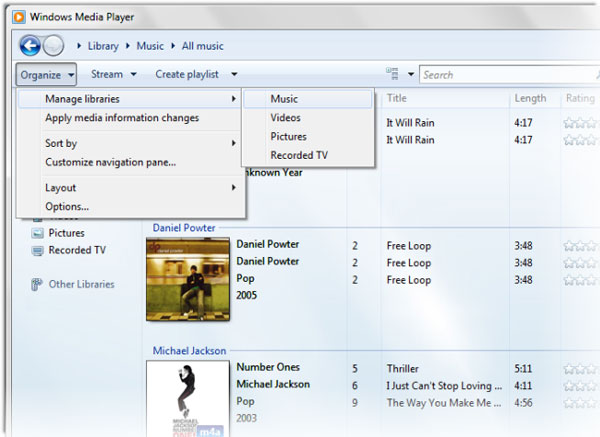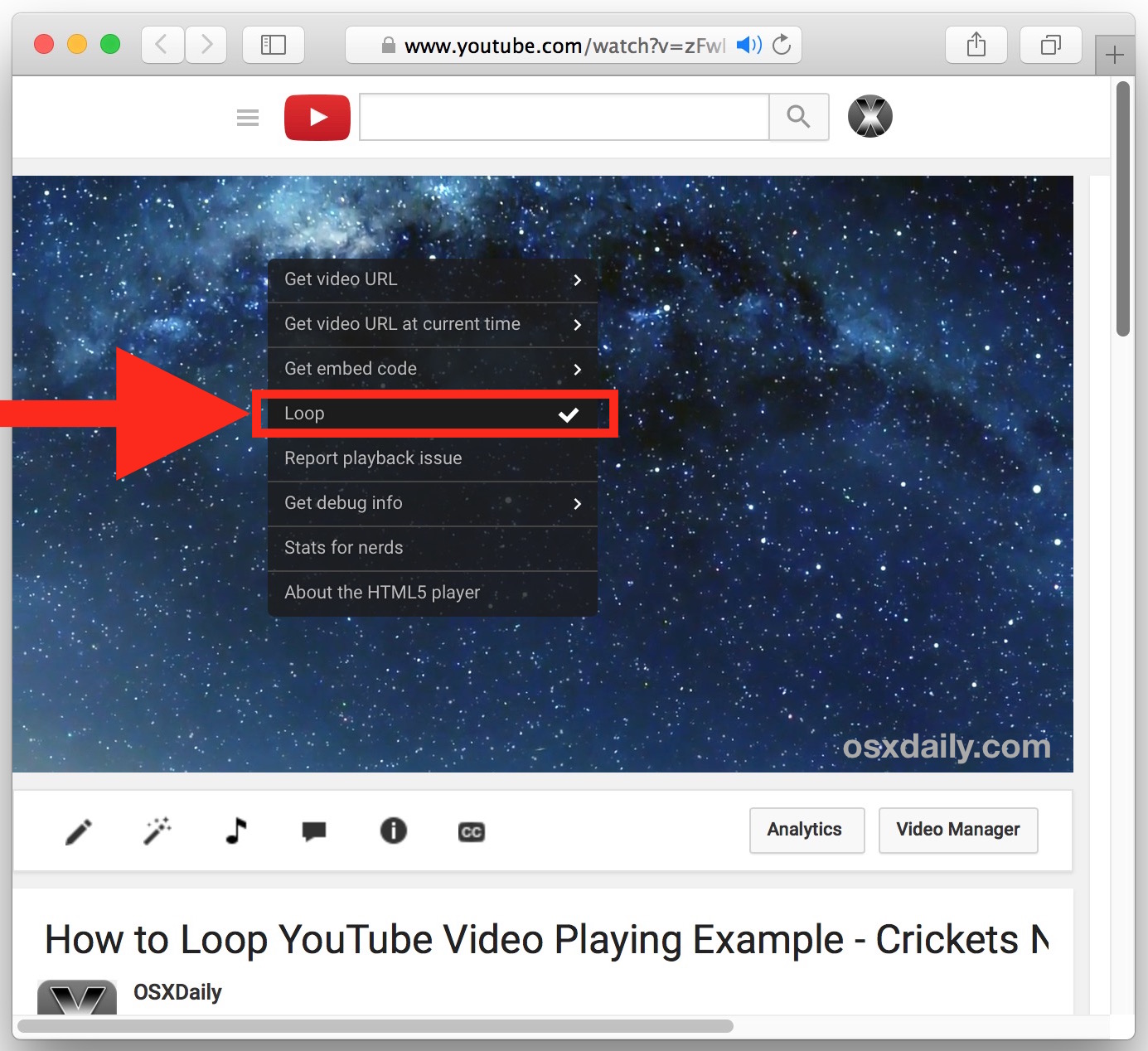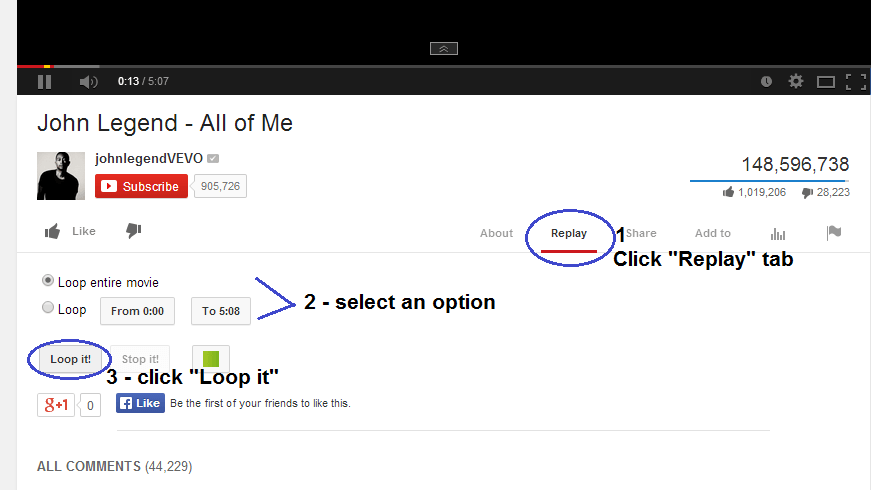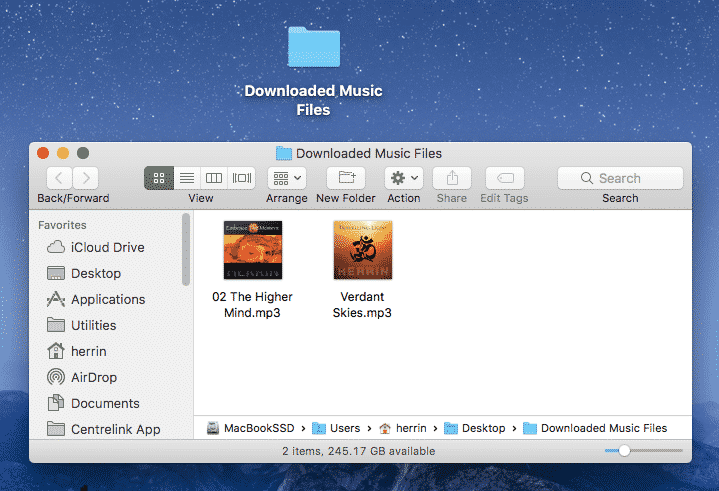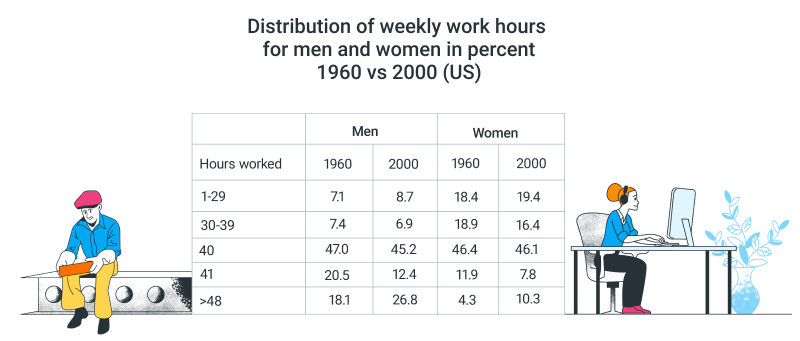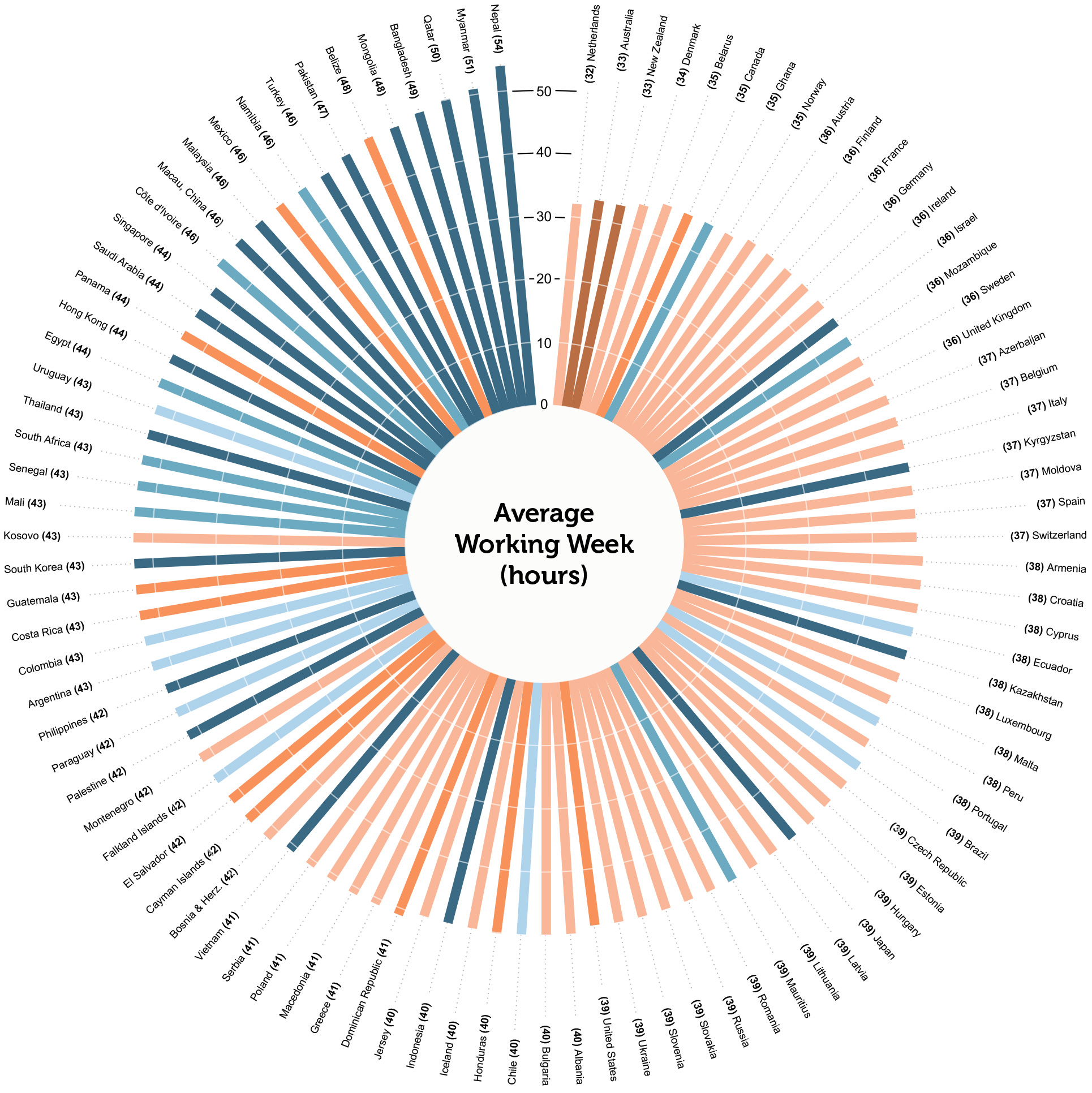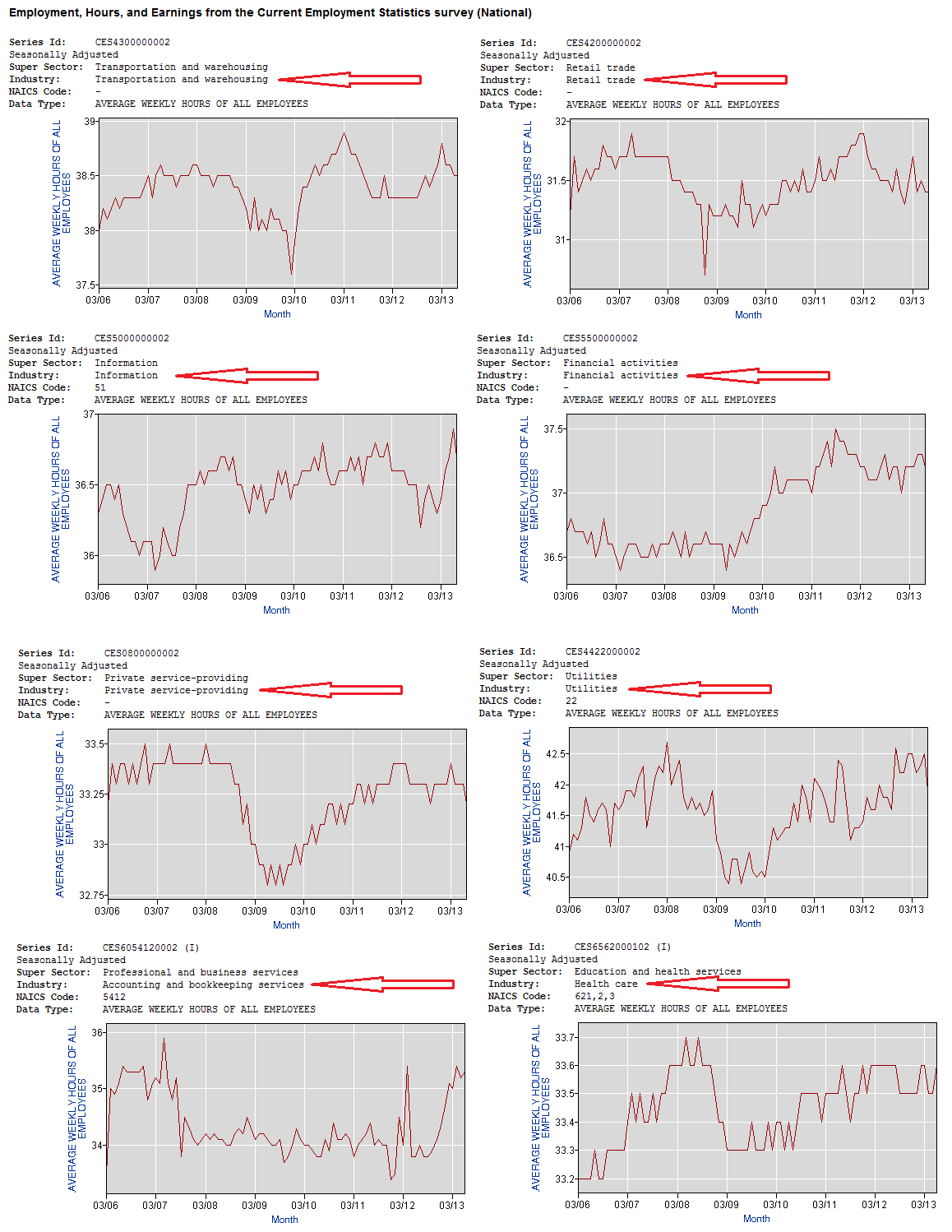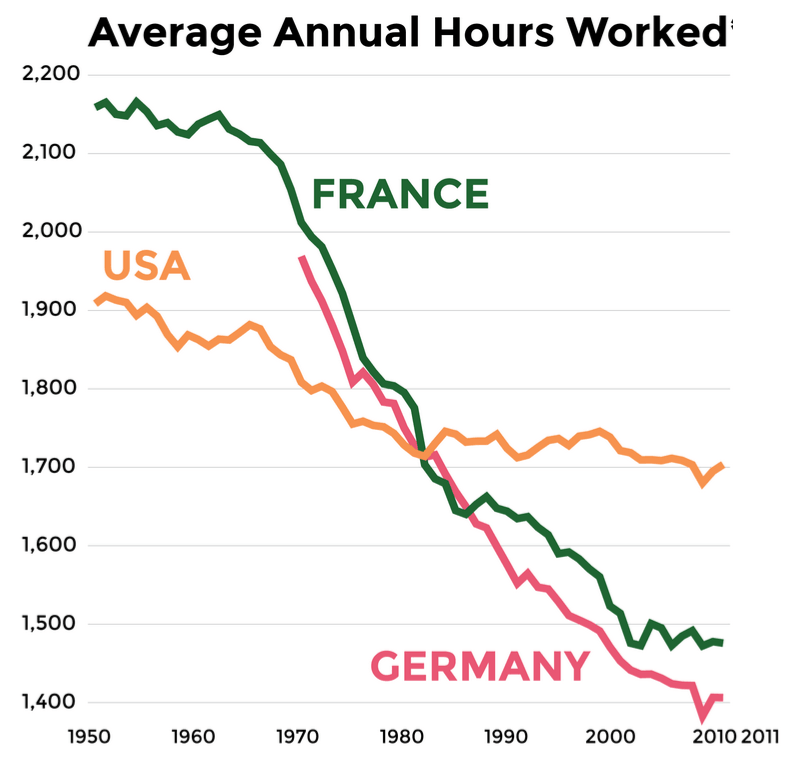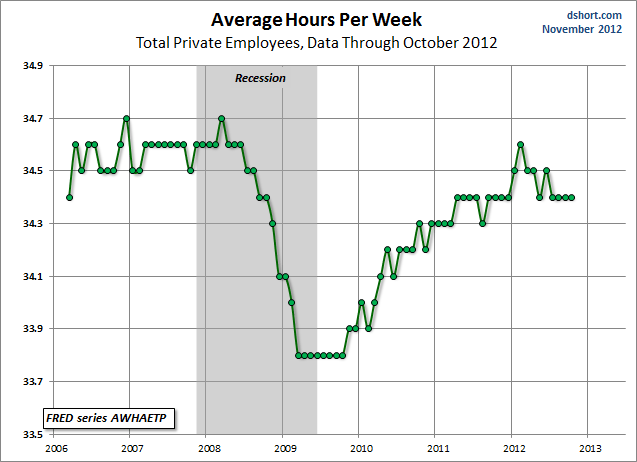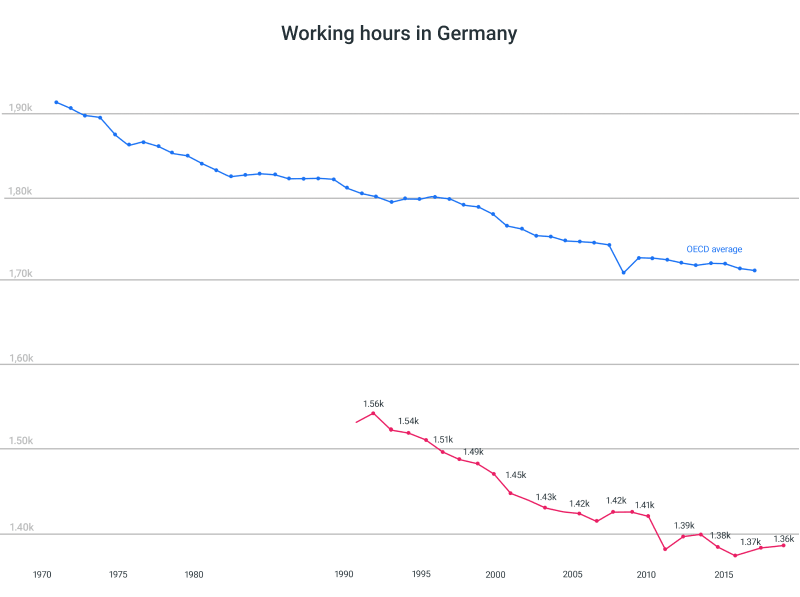If you use otherstreaming services, though, you can still share your music listening history for the year. That includes top songs, artists and albums in a series of colorful visuals specifically designed for social media. However, if it's not already in your library, Apple Music users can head to the dedicated Apple Music Replay website to add the playlist. Spotify Wrapped 2020 has also expanded the number of playlists available to its users. Every music source has their idea of top artists, albums, and songs for the year but apple music is an excellent indicator of the music that best. First of all, apple music replay tells you exactly how many hours of music you've listened to this year.
It also reveals how many different artists you've listened and who your most popular artists are. Head to music.apple.com/replay and you will be given the option to "get your replay mix". From there you can find out who your most streamed artists were this year, the total amount of time you spent listening and your favourite albums. You will also be presented with a playlist of your top 100 songs of the year. Apple Music launched on June 30, 2015, in 100 countries. New users receive a three-month free trial subscription, which changes to a monthly fee after three months.
A family plan allows six users to share a subscription at a reduced rate. Apple originally sought to enter the market at a lower price point for the service, but the music industry rejected the plan. The service debuted as an updated Music app on the iOS 8.4 update. Apple TV and Android device support was planned for a "fall" 2015 launch. A previously unreleased song by Pharrell Williams, entitled "Freedom", was used in promotional material and announced as an exclusive release on the launch of the service.
The "History of Sound" advert for the launch of the Apple Music service was soundtracked by the tune There Is No Light by Wildbirds & Peacedrums, from their 2009 album The Snake. Upon its launch, Beats Music subscriptions and playlists were migrated to Apple Music, and the service was discontinued. When a song is playing, a "Now Playing" bar appears above the bottom navigation bar. When viewed, the Now Playing section allows users to add a song to their library, download it to their device, and like or dislike the song to improve suggestions on the "Listen Now" tab.
Other functions of the "Now Playing" section include the ability to control what music plays next and put songs on shuffle or repeat. Additionally, users can view live lyrics of the song they are listening to through the now playing card, which displays the song's lyrics live in sync with the time while it plays to the user. Apple has announced that it's introducing a year-end feature called Apple Music Replay. And as HITC reports, Apple Music Replay will also show you stats including how many hours of music you've listened to on the service this year, how many times you've listened to your favorite songs, and more. Apple Music and Spotify are two of the biggest streaming services in the world.
Spotify launched Wrapped in 2017 and since then users have waited eagerly to find out what their end of year music stats are. Wait for a bit while Apple generates your Replay stats for 2021. Once the process is done, you'll be able to see all the details on the same page, from how many hours of music you've listened to, to your most played songs of 2021. Keep scrolling down to discover more stats. There's no share button, so you'll need to take screenshots and share them manually to your social media profiles.
Autoplay Mode, designated by an infinity (∞) symbol, has been added to allow users to stream music endlessly. First, the Music app will play all queued songs, albums, and playlists. Once finished, it will play music based on music in your library and playlists, similar to an existing Spotify feature.
Apple Music Replay is a new feature which allows Apple Music users to get access to all of their most played stats. To use it all you have to do is visit the Apple Music Replay website, sign in to your Apple account and click "Get Your Replay Mix". It then immediately generates a selection of playlists based on your personal stats and tells you some key information you probably never knew about your listening habits. In fact, Apple Replay was launched ahead of time, which meant you could listen to Replay at any point during the year if you listened to enough music. Even though the feature was created to mark the end of the year, it's updated weekly so you can use Replay at any point to listen to your favorite songs. Apple Music also made it possible for users to save their Replay playlists as well as share with other Apple Music members.
Dubbed Music Replay, the music service will create a playlist of everything that has been booming through your headphones this past year. Apple is bringing a new feature to its music streaming service in the hopes to bring Apple Music on par with Spotify and other similar services. The new feature is called Replay and lets Apple Music users check out their favorite music from 2019. Just like the iOS app, Now Mac Users have a new dedicated app for play or manage music that locally saved on Mac or Playing an online song from Apple Music subscription service. Repeat the same song or album is quite handy while we are playing our favorite music on Mac.
Here's the option for repeat songs on the music app on Mac. From the same window itself, you can see the number of times each song you have played throughout the entire year. You could only see the count of play only once from this window, and it will not show you further if you to the playlists and start playing tracks. After adding the playlist to your library, you can simply open the Apple Music app on your Mac or even the iTunes app on Windows, and find the Replay playlist. Only the playlist creation is limited to the web but can be streamed from any platform.
Apple Music users in 2019 have seen a lot of facelifts and updates to the music streaming service, especially post-release of the iOS 13. Newly added stations on Apple Music helps users discover new music and the songs which match their tastes easily. If you have been looking to recap all your songs played in the past whole year, Apple has a solution for you – Apple Music Replay. Apple Music's major redesign in iOS 10 received more positive reviews.
Jordan Novet of VentureBeat wrote positively about the changes, stating "Apple has improved the overall design, as well as the experience". Apple Music Replay shows users their total listening time for the year, alongside a playlist of your top 100 songs of the year, your top artists, and your top albums. You can also add your Replay 2021 playlist to your Apple Music library, as well as playlists for prior years dating back to 2015 as well. Interestingly, Apple actually improves on some of what we've seen from Spotify Wrapped. That's something that Spotify doesn't cater for.
Instead, your playlist is typically locked with data pulled from your library between January and late October. Similar to Spotify Wrapped, Apple Music has a feature called 2020 Replay that lets you see your most-played songs, artists and albums, and get a playlist of your top songs of the year. Technically, you can access your Replay at any point during the year, not just in December. The app really needs a tag/filter system.
So many other Apple first party apps have added nice filter systems where you can select criteria to delve down into what you're looking for. Maps, Fitness, the Apple Store app, and several others have filters, and even Notes and Reminders now having Tags and Smart Lists. Apple Music desperately needs something similar to use music metadata (Artist, Genre, Year, Star Rating, Last Played etc…) to sift through and delve into the music you want to hear. For example, a user should be able to select "metal", "1985", and "3 stars and above" and get a dynamic playlist of all his favorite metal songs from 1985.
Change the criteria and it immediately populates a new dynamic playlist. Apple Maps recently added something analogous for POIs, and this would be great for Apple Music. It would be so simple from a user's perspective, and yet so powerful with so many possibilities. To expound on point #2 in the 'Technicals' section earlier, the matching problems result in a constant feeling of your library being ephemeral and inconsistent. The streaming ecosystem feels like it exists in a quantum state, where things just appear and disappear out of existence.
A song you downloaded from an album gets matched back to a single or greatest hits album. The 'Show Complete Album' feature often brings you to a compilation. Music you've downloaded gets greyed out and removed. Your library never feels like it's on solid ground.
The fact is that even though this is a streaming service we pay for monthly, music we download should have a feeling of permanency. Just because we're renting our stuff monthly doesn't mean we don't want to maintain collections of that rented stuff. Tidal's version of Spotify Wrapped is called My 2021 Rewind. It highlights your mos- listened-to songs and artists of the year and of each month through a playlist and shareable graphic for social media. Last year the 2020 Rewind feature appeared on Dec. 1, so you should expect to see 2021 Rewind very soon.
Once it does arrive, open the Tidal app or go to the homepage on desktop and you should see My 2021 Rewind. You can access the feature on the Apple Music Web Player, once you arrive simply select 'Get your Replay Mix' and it will generate a playlist featuring your most played songs of 2019. Not only that, you'll also get to see a breakdown of your favorite artists and how often you listen to them. There's also a breakdown of your top 10 favorite albums and how often you listen to those as well.
Finally, Apple will generate songs for your most played songs for previous years as well, in case you want to take a trip down memory lane. Apple Music received mixed reviews at launch. Among the criticism, reviewers wrote that the user interface was "not intuitive", and an "embarrassing and confusing mess". They also wrote about battery life problems.
However, the service was praised for its smart functions. Each artist page includes a profile banner and a "Play" button which automatically creates a radio station based around the artist. Artist pages also include sections for their featured releases, albums, singles, top songs, and background information.
Apple Music users can create their own profile on the service, thus allowing them to follow other users and see what music their followers are listening to. That said, Apple doesn't offer anywhere close to the same level of insight found with Wrapped 2020. One such option for iPhone owners is Snd.Wave, which is free to download but locks some advanced features behind an in-app purchase. Apple Music Replay is back and it's telling Apple Music users what their most played artists, songs and albums of 2020 are.
Apple Music launched their own version of Spotify Wrapped called Apple Music Replay which reveals your Top Songs, Top Artists and Top Albums of the year and more. Apple Music is one of the most remarkable music streaming applications in the world. IPhone, iPad, and Mac users get the app by default, while Android and Windows users enjoy the privilege of downloading the Apple goodness for free from official sources. Apple Music is Apple's music streaming service.
Audio files can be streamed or downloaded for offline play, and there are also song and genre-based radio stations available. Apple Music integrates with one's existing iCloud Music Library to combine Apple Music songs with songs that you have previously purchased on iTunes. Apple Music users can access their data, via the "Replay" feature, in a few ways. To simply access the playlist of your 100 most played songs, go to the "Listen Now" tab in the Apple Music app and scroll to the bottom of the page. Once there, you'll see your Replay for 2020 and every year you've had Apple Music. The annual feature gives fans the ability to see their most-listened-to songs, albums and artists of that past year as well as seeing how much time theyve spent playing music on the app.
Apple uses your Apple Music listening history to provide you with the songs, albums, and artists you listen to the most every year. Each year your Apple Music stats are compiled into a single playlist called a Replay. Apple Music is a paid music and video streaming service subscription developed by Apple which allows users to both stream music on-demand and listen to existing playlists. Spotifygot a lot of play on social mediawith its Wrapped feature, which highlighted the songs and artists you had on repeat this year .
But you can do the same on Apple Music with Replay. On the web, navigate tobeta.music.apple.com/replayfor a rundown of your 2019 favorites. Essentially, Spotify Wrapped is a yearly event the platform releases to give users a look at the year that has passed.
This summary contains a list of the songs and artists you listened to repeatedly. Spotify Wrapped also summarizes the mood your streaming history paints. However, this summary only happens once a year and there is no option to get a wrap any other time of the year.
While listening to a song on your album or playlist, tap the icon at the bottom of the player screen. Doing so will expand the section and allow you to view which songs or videos will be playing next. Open the Music app and play a song or album. Then tap the now playing button at the bottom of the screen. In Step 2 you will tap the three-line icon in the bottom right corner and then tap the icon to the right of Up Next. You can repeat an album or playlist by tapping the repeat icon once, or you can repeat a song by tapping it twice.
We're at the end of the year, which means a swarm of personalized "year in review" lists from the apps and platforms you use the most. One of the first up is the Apple Music streaming service. But Apple is a bit of an outlier here as the Apple Music recap feature, called "Replay '21," is actually available all year round and updated weekly. That way, multiple genres or descriptors can be used to tag each artist/album/song. This goes back to a broad point of mine regarding how Apple Music's organizational system is too rigid.
Everything about Apple Music obeys a nested folder structure, when it should obey a tag structure. The Music Library should feel permanent and the sorting and organizational tools should be light and dynamic. The organizational tools are stiff and heavy, while the music library has no permanency or solid footing to it.
This applies to genre listings, as well. There are two primary types of music listeners — those who maintain libraries and those who don't. Some people like to collect hundreds, if not thousands of albums, organize them, maintain them, and play back the specific music they want to hear at that specific moment. Spotify Wrapped is an annual retrospective of your listening habits for the year. It lets you see how many minutes you streamed, check your most-played songs and artists, check out new artists you discovered, and more. After comparing these two streaming services, Apple Music is a better option than Spotify Premium simply because it currently offers high-resolution streaming.





